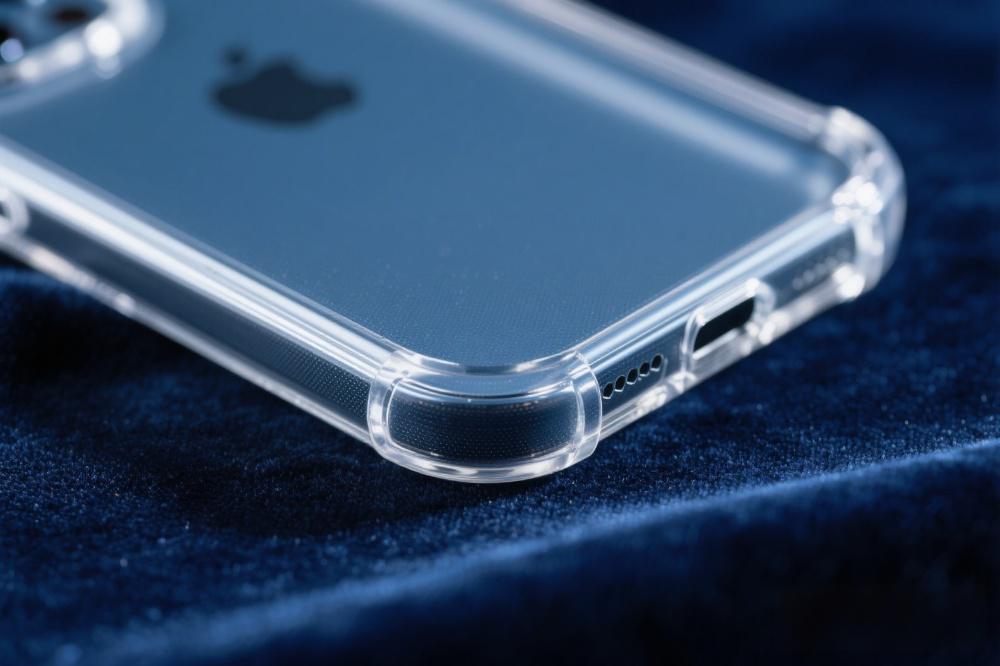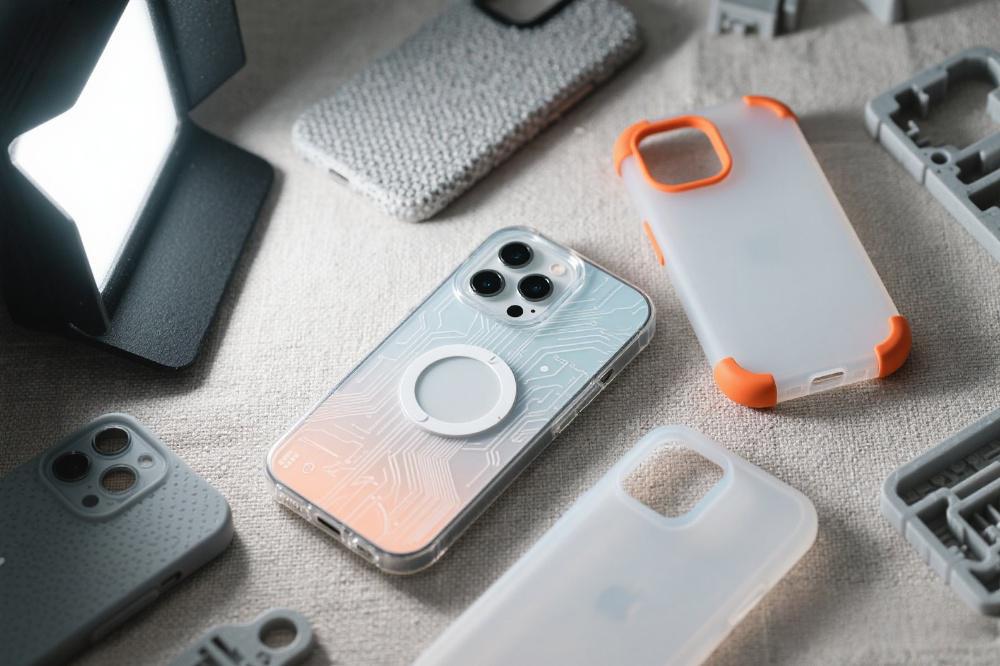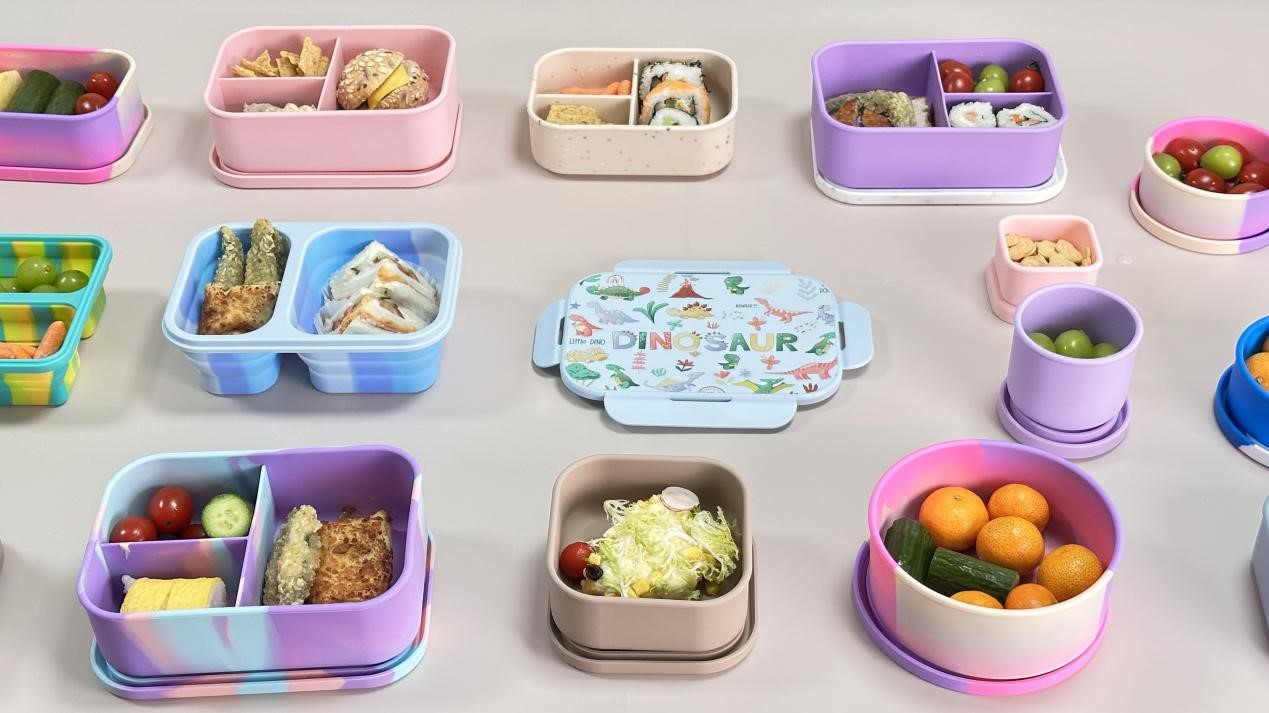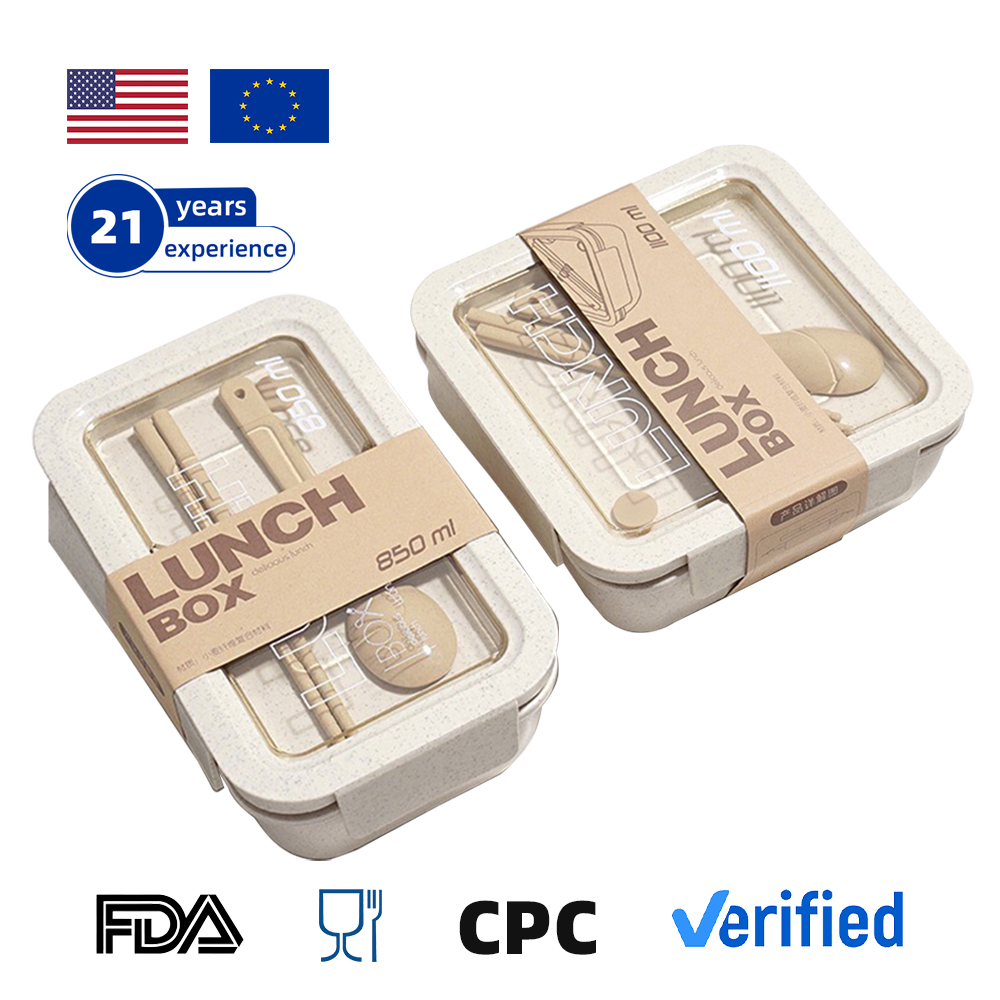Contenu
Why Everyone’s Going Crazy for Personalized Phone Cases
Let’s be honest – our phones have become extensions of ourselves. And just like we carefully choose our outfits, people now put serious thought into their phone cases. I’ve seen buyers spend hours picking the perfect case design that matches their personality.
The market has exploded with options – from ultra-protective waterproof cases to sleek MagSafe-compatible ones that work with all your Apple accessories. But what really makes certain custom phone cases stand out?


The Hottest Trends in Phone Case Designs Right Now
Case Designs That Make People Stop and Stare
The most successful designs we’ve seen lately aren’t just pretty – they tell a story. One buyer told me, “I want people to see my case and immediately know something about me.” That’s why:
- Anime and gaming-themed cases are killing it in Asian markets
- Minimalist marble or wood grain designs dominate in Europe
- Bold, colorful patterns work best in Latin America
When Protection Meets Personality
It’s not just about looks anymore. The cases selling fastest combine style with serious protection:
- Shockproof corners that actually work (not just for show)
- Raised edges to protect screens from face-down drops
- Precise cutouts that don’t block charging ports
What Buyers Secretly Care About
After hundreds of client conversations, I’ve noticed some universal truths:
1. “I Want My Case to Last Longer Than My Phone”
Buyers get furious when cases yellow, peel, or crack after a few months. The most common complaints we hear:
- Clear cases turning brown after 2 months
- Silicone cases stretching out and losing shape
- Print designs fading or scratching off
2. “I Need This to Work With My Other Gear”
Compatibility issues cause more returns than anything else:
- MagSafe cases where the magnets aren’t strong enough
- Wireless charging that only works if you remove the case
- Screen protectors that bubble up because the case pushes on them
The Materials That Actually Make a Difference
Silicone That Doesn’t Feel Cheap
Good silicone should have:
- A soft, slightly tacky grip (not that weird rubbery feel)
- Enough thickness to absorb drops
- Reinforced buttons that don’t tear
Clear Cases That Stay Clear
The best clear cases use:
- Military-grade TPU that resists yellowing
- Anti-scratch coatings
- Precise molding to prevent bubbling
Waterproof Cases You Can Actually Use Daily
True waterproof cases need:
- Reliable port covers that stay sealed
- Easy-to-press buttons through the material
- Anti-fog technology for the screen cover


What Smart Buyers Look for in Bulk Orders
Customization That Goes Beyond Just Printing a Logo
The most successful bulk orders we’ve handled include:
- Unique mold designs (like built-in card holders)
- Special textures (soft-touch, glossy, or matte finishes)
- Functional additions (kickstands or ring holders)
Packaging That Sells Itself
Retail buyers care about:
- Clean, branded packaging that looks premium
- Easy-to-scan barcodes
- Retail-ready hanging tabs
The Future of Phone Cases
The next big things we’re seeing:
Cases That Change Color – Thermochromic designs that react to temperature
Self-Healing Materials – Minor scratches that disappear on their own
Built-in Tech – Cases with trackers, extra batteries, or even air quality sensors
Final Thoughts: What Really Makes a Great Phone Case
After years in this business, I’ve learned that the best custom phone cases:
Solve a real problem (protection, functionality, style)
Feel good in the hand
Make the phone better to use, not worse
For wholesalers, it’s about finding that perfect balance between standing out and delivering what customers actually want. Because at the end of the day, people don’t buy phone cases – they buy confidence that their phone is safe, and a way to express themselves.
Looking to create your line? Focus on these real buyer needs rather than just following trends. That’s what separates the best-selling cases from the ones that end up in clearance bins.



